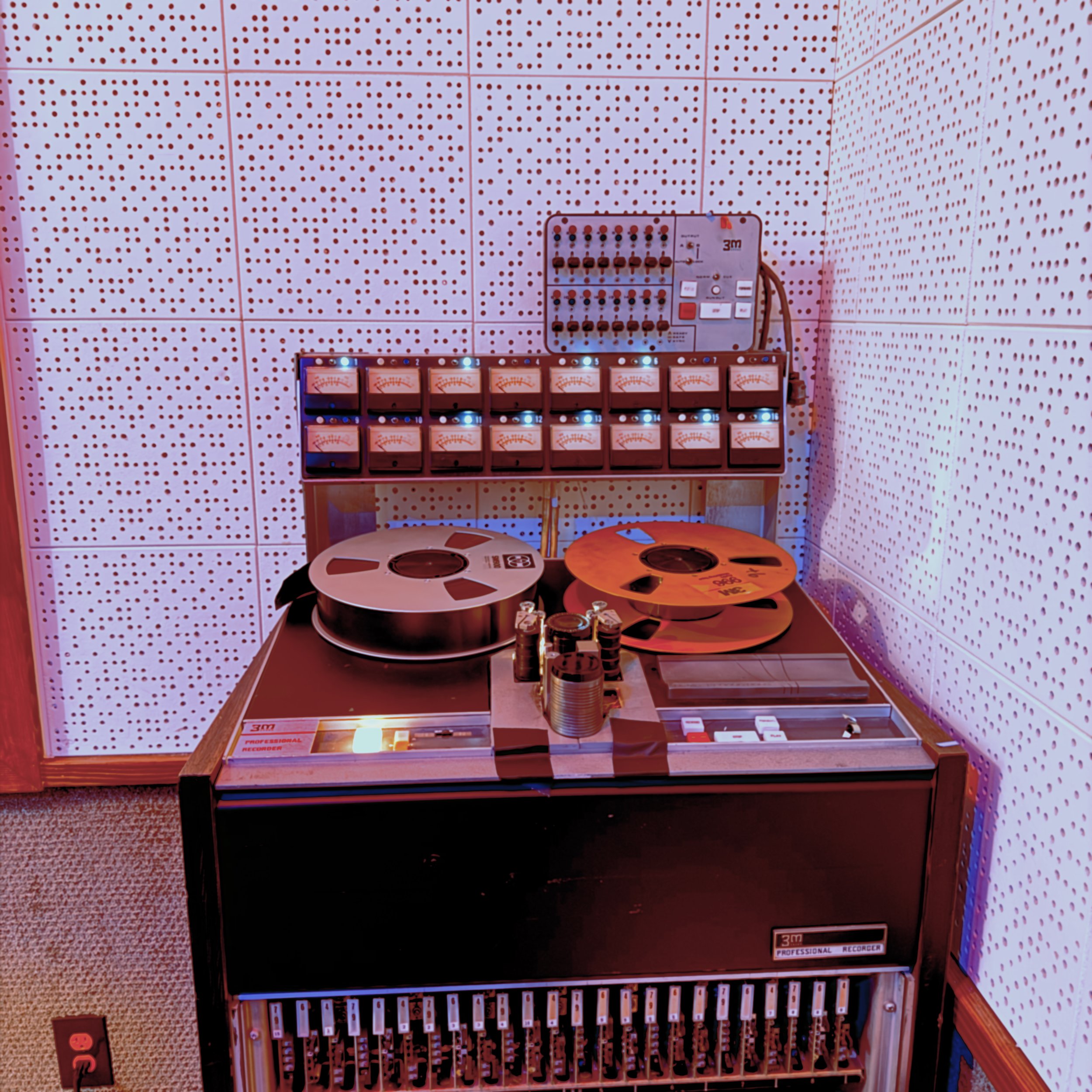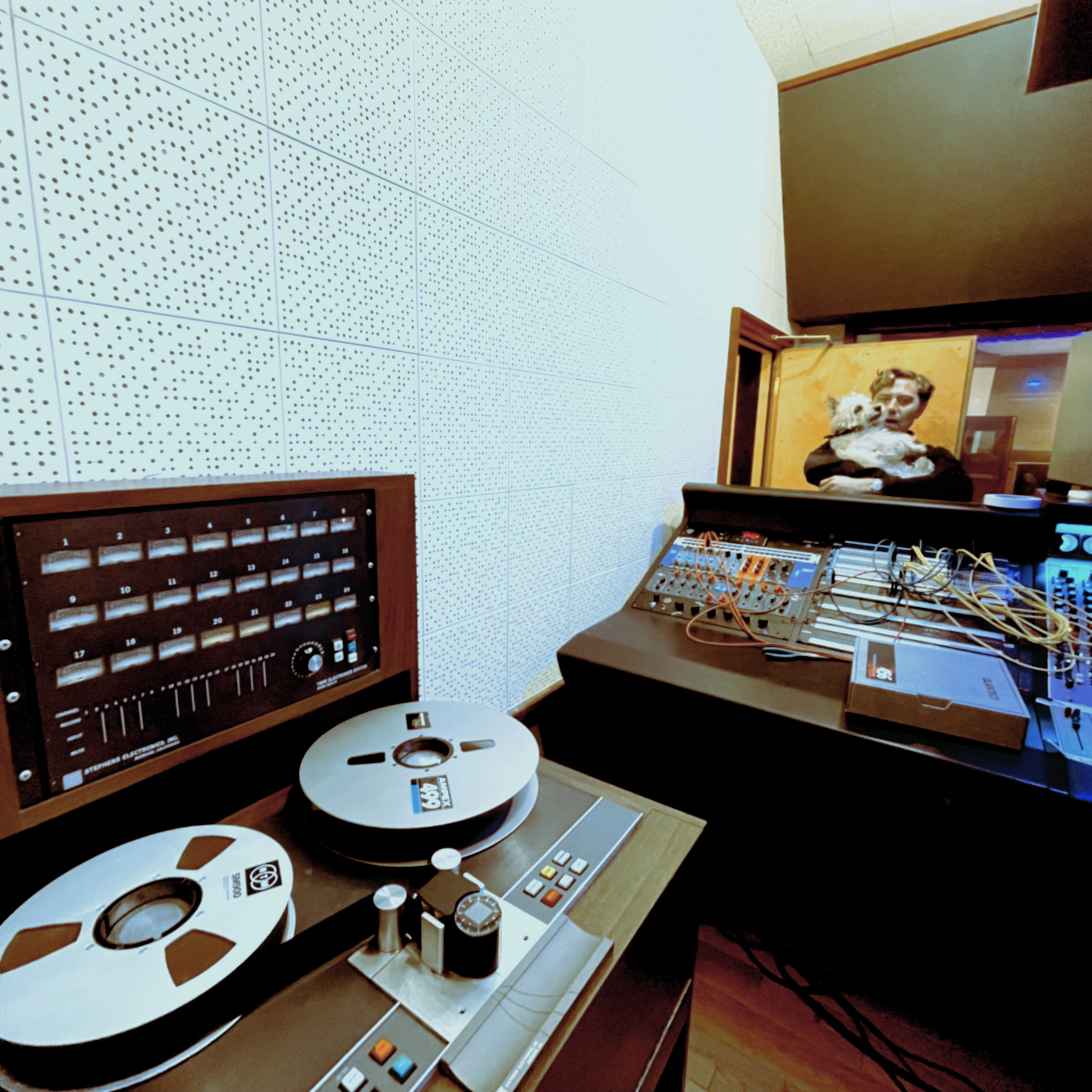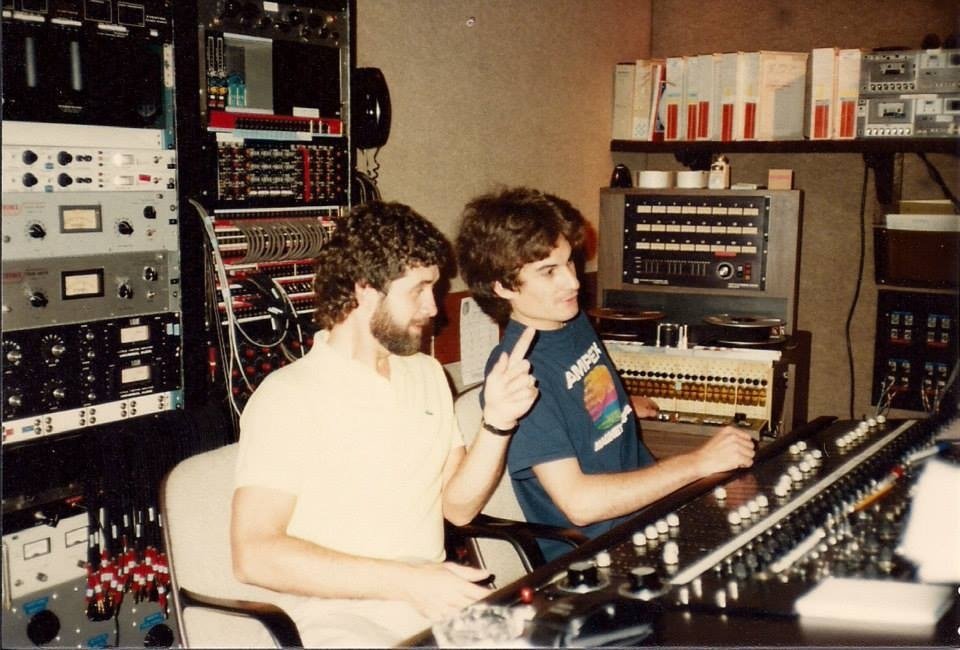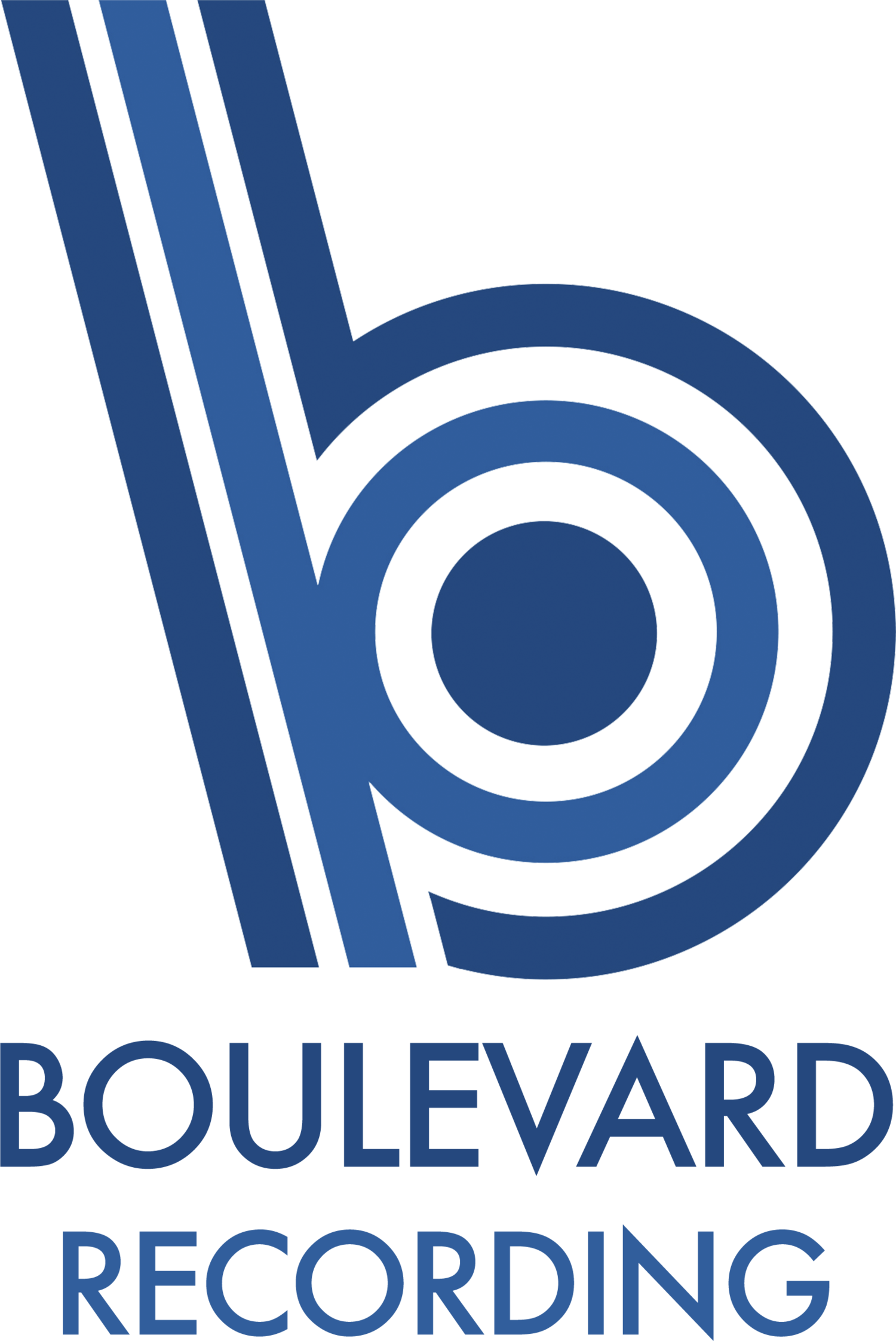Analog vs Digital: The Sound Difference Explained
From the console at Boulevard Recording Studio, where vintage meets modern.
Here's something that might surprise you: Back when analog tape machines ruled every studio in the world, engineers were desperately trying to get rid of their sound. They wanted cleaner, more transparent recordings—essentially, they were trying to achieve what digital would eventually deliver.
Fast forward to today, and we're doing the exact opposite. Engineers are running their pristine digital recordings through tubes, transformers, tape machines, and distortion boxes, trying to recapture that warmth and character they once tried to eliminate. Funny how things change.

How Analog Tape Actually Works
Let's demystify this for a moment. Analog tape machines use magnetic particles on tape to capture sound waves. When audio signals pass through the record head, they create magnetic patterns on the tape that correspond to the sound waves. It's essentially painting with magnetism—an elegant, physical process that inevitably colors the sound in subtle (and not-so-subtle) ways.
Those "colorations" that engineers once fought against? They're exactly what we're chasing now: gentle compression of transients, harmonic saturation, and that indefinable "glue" that makes everything sit together in a mix.
The Digital Revolution and Its Ironic Twist
Digital recording arrived in the late 1980s promising perfection—infinite headroom, zero noise, perfect reproduction. But here's my take: digital has only really started to sound superior to the largeness and depth of tape in the last decade or so. And even then, "superior" is subjective.
The irony? Now that we've achieved near-perfect digital clarity, we're scrambling to dirty it up again. The popularity of distortion plugins, tape emulations, and analog modeling has exploded. We got exactly what we asked for, then realized maybe we didn't want it after all.

The Workflow Makes the Difference
Beyond the sonic characteristics, there's something profound about the analog workflow that often gets overlooked in discussions about "warmth" and "saturation."
Working with tape is like turning off the internet and TV for a few days. You hear the tape rewind. You develop patience with your engineer because you can't just hit the spacebar and instantly loop a section. There's a rhythm to it, a pace that forces you to be more intentional with your decisions.
When I'm producing at Boulevard, I prefer starting with tape before moving to digital. Why? The creative limitations are actually liberating. With 8 or 16 tracks instead of unlimited channels, you make commitment decisions. You print effects. You nail the performance because you can't endlessly comp 47 takes together later.
There's a togetherness that emerges when the band gathers around the tape machine, watching those reels spin. When we finally do transfer to digital for mixing and editing, there's this sense of pride: "Wow, we did this."
It's tangible in a way that purely digital sessions rarely achieve.
The Sonic Truth About Transients
Here's where it gets technical but stay with me—this matters for your music. Tape naturally compresses transients (those sharp attack peaks in drums, guitars, and other instruments) in a way that's almost impossible to replicate digitally. It's not just compression; it's a complex interaction of magnetic saturation, head bump, and tape speed.
This natural transient shaping makes mixing significantly easier. I've found that sessions tracked to tape before digital require far less processing later. The elements just sit together better, like ingredients that have marinated together versus being thrown in at the last minute.

The Digital Reality
Let's be honest: I record digitally more often than I use tape. Most clients want their product quickly and affordably. Time is money, and tape is slow. That's the reality of modern recording.
But here's what I've noticed mixing projects recorded at home studios: many suffer from a hardness and harshness that analog would have naturally tamed. It's not the fault of digital—it's that many home producers and engineers never experienced analog and don't know how to achieve that warmth digitally.
When I receive harsh digital tracks for mixing, I often run them through our analog console or tape machine before mixing. Even a single pass through quality analog gear can soften those brittle edges and add the dimension that was missing.
The Bottom Line: It's About Choices, Not Absolutes
Here's the truth: You can't go wrong with either analog or digital. Each is a tool, a choice, a flavor. What matters is understanding what you're after and knowing how to achieve it.
You absolutely can make digital recordings that are just as juicy and gooey as analog tape. You just need to know what you're doing. That might mean:
- Using the right converters
- Adding harmonic saturation purposefully
- Understanding gain staging
- Choosing microphones that complement digital's clarity
- Making bold commitment decisions instead of leaving everything for the mix
At Boulevard Recording, we offer both worlds. Our vintage tape machines and Sound Techniques console are here when you want that classic workflow and sound. Our modern digital setup is ready when you need efficiency and recall. Most importantly, we know how to get the best from both.
The real magic isn't in choosing analog or digital—it's in knowing why you're choosing one over the other for each specific project. That's where experience makes all the difference.
Want to hear the difference for yourself?
Book a session at Boulevard Recording and we'll show you both workflows. Whether you choose the warmth of tape or the precision of digital (or both), you'll leave with a recording that sounds exactly how you imagined—maybe even better.
Call us at 323-337-6911 or visit us at 6035 Hollywood Blvd to discuss your next project.
Or email Jaymes to schedule a tour.

